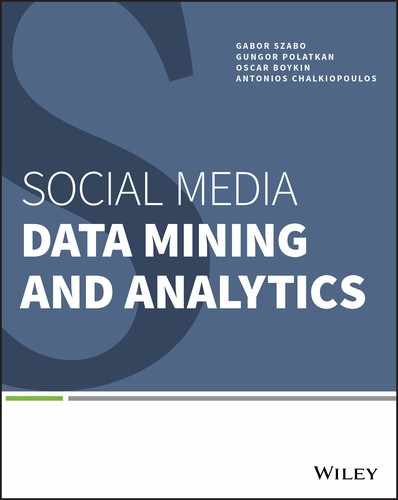Book Description
Harness the power of social media to predict customer behavior and improve salesSocial media is the biggest source of Big Data. Because of this, 90% of Fortune 500 companies are investing in Big Data initiatives that will help them predict consumer behavior to produce better sales results. Social Media Data Mining and Analytics shows analysts how to use sophisticated techniques to mine social media data, obtaining the information they need to generate amazing results for their businesses.
Social Media Data Mining and Analytics isn't just another book on the business case for social media. Rather, this book provides hands-on examples for applying state-of-the-art tools and technologies to mine social media - examples include Twitter, Wikipedia, Stack Exchange, LiveJournal, movie reviews, and other rich data sources. In it, you will learn:
- The four key characteristics of online services-users, social networks, actions, and content
- The full data discovery lifecycle-data extraction, storage, analysis, and visualization
- How to work with code and extract data to create solutions
- How to use Big Data to make accurate customer predictions
- How to personalize the social media experience using machine learning
Using the techniques the authors detail will provide organizations the competitive advantage they need to harness the rich data available from social media platforms.
